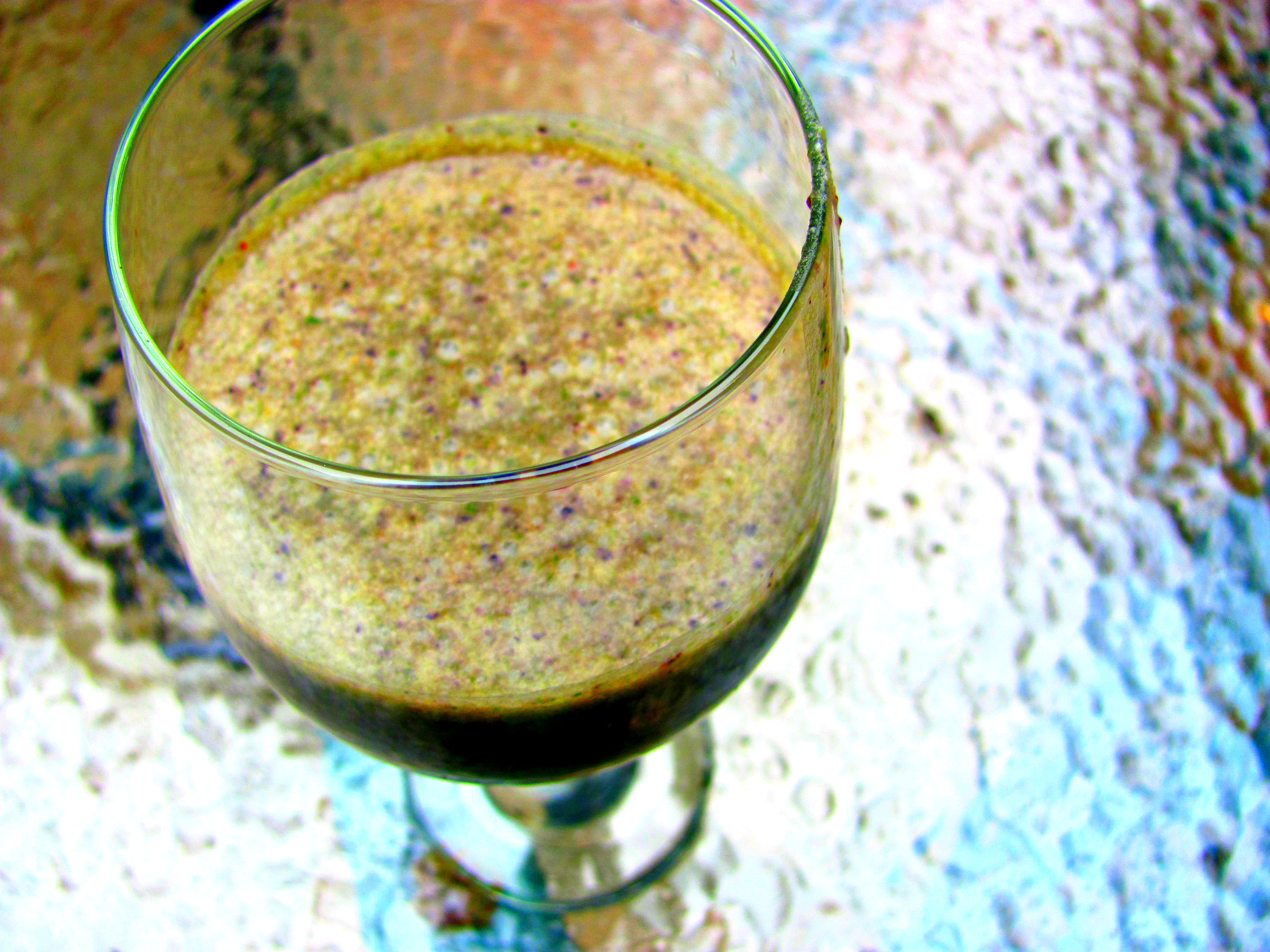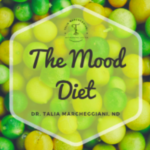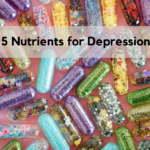There are many types of immune cells in our bodies and various groups that they belong to: leukocytes, lymphocytes, macrophages, natural killer cells, etc. Some of the major contenders, and the ones that are involved in autoimmune disease and allergic conditions, are a type of lymphocyte called the T cells. T cells can be divided into more groups: among them cytotoxic, “killer” T cells and helper T cells.
The helper T cells have a role in presenting inside invaders to B cells and other cells of the immune system, while the killer T cells kill the bad guys directly. The helper T cells can be divided into two more groups: Th1 and Th2 (the h stands for “helper”). Th1 cells are involved in the first part of the immune system, showing the invaders to macrophages, which eat the invading pathogens, Pacman style, while also sounding the call that the body has been invaded and recruiting more immune cells to the scene. The Th2 cells show the invaders to other lymphocytes, the B cells, which make antibodies, providing the body with memory of what to do when the same invader strikes again.
A healthy immune system contains a balance of Th1 and Th2 cells acting cooperatively. A good immune system is able to activate and initiate a response when there is an invader, say a bacteria or virus, and turn off once the threat has been neutralized. T cells are nationalists: they want to protect their own sovereignty without waging civil war on their own cells. An imbalance of the Th1 and Th2 response, however, can cause the immune system to stay on, even when there is no one to attack except its own cells, causing allergies or an autoimmune disease like multiple sclerosis.
Different autoimmune diseases are associated with a unique Th1/Th2 imbalance. For example, certain diseases are associated with a Th1 dominance, while others arise from a dominance in Th2.
This great article offers a more in-depth explanation and a list of diseases for each dominance pattern:
Common Th1 Dominant Disorders (arising from too much Th1 activity):
- Multiple sclerosis
- Crohn’s disease
- Type 1 diabetes
- Hashimoto’s disease, Graves disease (thyroiditis)
- Psoriasis
- Rheumatoid arthritis
- Heliobacter pylori induced peptic ulcer
Common Th2 Dominant Disorders (arising from too much Th2 activity):
- Allergies
- Asthma
- Chronic sinusitis
- Some cancers
- Hepatitis
- Ulcerative colitis
- Viral infections
- Lupus
- Parasitic infections
One theory of treating these diseases is to add in food and supplements that tip the scales in the other direction: adding in Th2-stimulating foods like green tea for Th1 dominant conditons, or vice versa. Other remedies, such as a multistrain probiotic, help balance the scales of Th1 and Th2, creating a healthy, non-reactive immune system.
When it comes to problems of the skin: acne, rosacea, psoriasis and eczema, the immune system often has a large role to play. Gut inflammation in response to stress, dysbiosis (an imbalance of our healthy intestinal bacteria) or infection can cause us to react to certain foods, producing an immune reaction and manifesting as any number of these skin diseases. A great option for any kind of inflammatory skin condition is to do a detox, helping to heal the gut, regulate it’s natural flora and decrease systemic inflammation by removing potential food allergens such as gluten and dairy. When it comes to skin, always treat the digestive tract first, rule #1. I personally suffered from stubborn cystic acne and eczema for many years, on and off, until I started an elimination diet followed by a 21-day detox, drinking one of these anti-inflammatory, immune-balancing shakes each day.
The meal replacement shakes contain a Protoclear protein powder from a company called Protocol. It contains some delicious skin and gut-healing ingredients and is allergen-free. In addition to the mix, I added in my own food prescription to create a healthy, anti-itch detox shake.
The Anti-Itch Shake
For healing the gut, acne, psoriasis and other inflammatory skin conditions
Ingredients:
2 scoops Protoclear by Protocol detox protein powder in vanilla (it’s also available in berry if that’s more your thing)
1 cup leafy greens: kale, spinach, arugula. Leafy greens are full of skin-healing fat-soluble vitamins and phytonutrients. For extra skin-healing benefits, add in dandelion greens, which has potassium-sparing diuretic and bitter properties, excellent for detoxifying the liver and clearing the skin.
1/2 can coconut milk. According to Traditional Chinese Medicine and Ayurvedic medicine, coconut milk is a soothing, moisturizing food that helps counteract the dry heat of itchy, red skin.
1 tbs turmeric. Anti-inflammatory and pushes the scales to Th2 dominance, combatting psoriasis, which is a Th1-dominant condition.
1 pinch matcha green tea powder. More potent that regular green tea, this is a quercitin-containing, anti-flammatory, phytonutrient powerhouse. It also tips the scales towards Th2, benefiting those with autoimmune conditions.
1/2 cup of berries. For taste and their anthocyanins, which decrease inflammation in the gut and skin.
1/2 banana. For sweetness.
1 cup water. Drinking water throughout the day helps the organs of detoxification: the lymphatic system, kidneys, colon, liver and skin by boosting circulation and increasing metabolism.
Directions:
Mix ingredients together in a blender and enjoy the skin-soothing benefits from the inside-out. (And try not to scratch!)
This post is not meant to diagnose or treat any disease. For an individualized assessment and treatment plan, please visit a licensed naturopathic doctor or book an appointment at the RSNC via the “Contacts” page.











Any food tips for Th2 dominant conditions? I’m fighting Cytomegalovirus (high dose Astralagus, C, and A rx by my ND).
poor you! Your nd has it right! Stay the course and do lots of hydrotherapy! I hope you feel better soon!
Thank you, Talia!
btw I don’t know much about hydrotherapy…have you written on it?
I have written a few things:
This one sums things up: http://taliamarcheggiani.com/2013/04/30/hydrotherapy-for-detoxification/
Warming Socks, a must for any kind of congestion, headache or cold: http://taliamarcheggiani.com/2012/02/24/sock-therapy/
And here’s a post on getting over a cold (or other virus): http://taliamarcheggiani.com/2013/03/26/how-to-kill-a-cold/
Get well soon, Elisa!
Awww you are amazing, T! Thank you so much for the hydrotherapy and extra get-better links. Heading to the kitchen to chop up garlic to swallow ‘like pills’…contemplating this alternate hot/cold shower idea… (makes me miss the Korean bath house–they were all over Seoul when I lived there). Thanks again! I love your blog and how you’ve, it seems, written about what you were learning as you learned it, then written more as things come up? What a cool way to learn if so, and an awesome (+ helpful!) piece of work to show for it.
That shake sounds absolutely amazing. Great work! To comment on the article referenced; it gives a good summary of Th1 vs Th2, but as far as Green tea being dangerous for Th2 dominant condition – it seems a bit of a stretch. The example of adverse reaction to EGCG sounds more like a reaction to the caffeine in the supplement than an exacerbation of Hashimotos (which would not create an anxiety picture as Hashimotos is a hypothyroid state – unless it is early in the disease). Also, his references are just for Th1 and Th2 articles. There is no mention of green tea which seems to have more of an effect on Th17 or the Tregs (immune system traffic cops – regulate the response). That was just my little studying-for-NPLEX2 spasm. Plus he insulted green tea to make his nerd-ass sound clever… Oh no he didn’t! I dislike fear mongering to create the impression of intelligence.
Your shake/ info, solid.
Katie i am typing this on my phone as my estudiantes write their english test, so expect errors! Yes i agree that his article reaks of fermentation slightly and not just because he insulted green tea, which is like insulting the child of prousky and the dalai lama, but that he simplifies the th1/th2 balancing role of food a bit too much for my taste. I mean, quercitin being bad for allergies?? Everything i know and hold dear must be wrong! I hesitated to even mention it and to even write about the th1/th2 stuff at all but then i already had and so i left it in. A better Article is by dr. Erica krumbeck at mtwholehealth.com she writes tons of insightful articles. And stop studying nplex and take a vacation, you know too much already! ( it could be bad for the establishment) ;)good luck!
Hi Talia,
Your site is really great, thank you for sharing your experiences and knowledge! I have chronic eczema that becomes quite intense. I noticed that you put in turmeric and green tea in your anti-itch shake. From my very novice research I learned that those ingredients are good for TH1 dominant conditions such as psoriasis, but not good for eczema, a TH2 condition. Do I have the wrong info? I have severely itchy skin and have learned (just recently! I was taking lots of turmeric and drinking GT daily,) that I am to stay away from both items as they would strengthen the TH2 path that I already seem to be on…As an eczema sufferer yourself could you share your insight?
many thanks,
Tanya